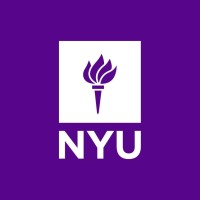
New York University
Founded in 1831, NYU is one of the world’s foremost research universities and is a member of the selective Association of American Universities. The first Global Network University, NYU has degree-granting university campuses in New York and Abu Dhabi, and has announced a third in Shanghai; has a dozen other global academic sites, including London, Paris, Florence, Tel Aviv, Buenos Aires, and Accra; and sends more students to study abroad than any other U.S. college or university. Through its numerous schools and colleges, NYU conducts research and provides education in the arts and sciences, law, medicine, business, dentistry, education, nursing, the cinematic and performing arts, music and studio arts, public administration, social work, and continuing and professional studies, among other areas.






